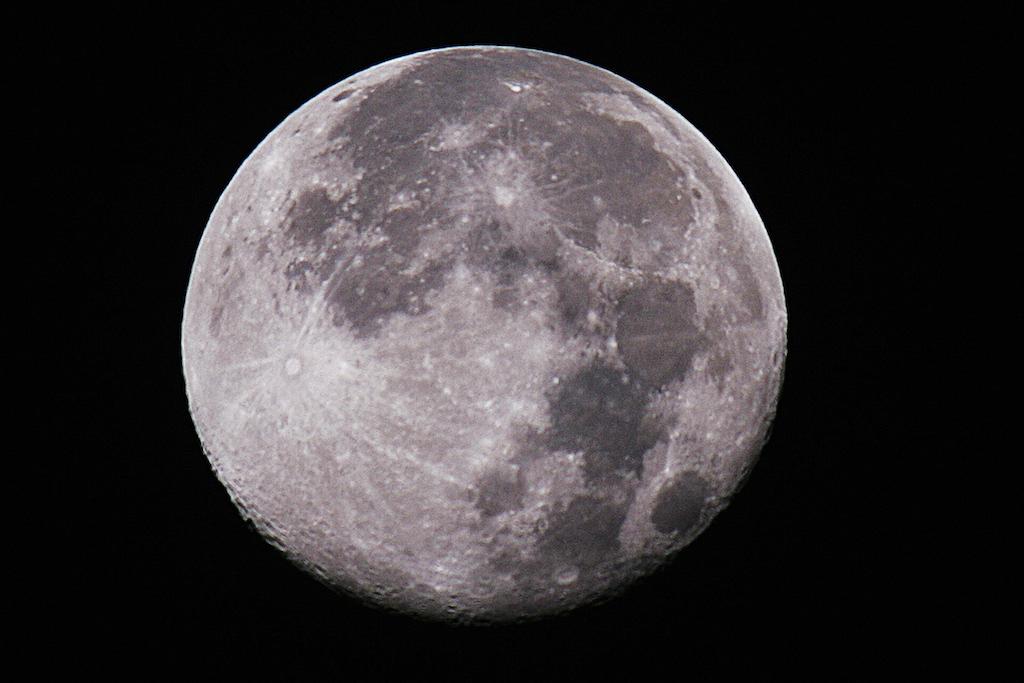Moon may not be as dry as once thought, study says
The moon controls the tide, the source of Norway’s hydro power.
The moon may not be as dry as once thought, according to new findings.
Scientists using NASA instruments onboard the Indian lunar probe Chandrayaan-1 found signs that the moon may have water below its bone-dry surface.
The find was thanks to new techniques that allow scientists to explore the moon remotely.
Earlier investigations had relied on rocks brought back during the Apollo mission.
"For many years, researchers believed that the rocks from the moon were 'bone dry,' and that any water detected in the Apollo samples had to be contamination from Earth," said study lead author Rachel Klima, of the Johns Hopkins University Applied Physics Laboratory, in a press release.
More from GlobalPost: Neptune: New moon discovered using Hubble Space Telescope
This study looked at the crater Bullialdus and the abundance of hydroxyl – a sign there is water.
Scientists determined that the hydroxyl meant that there must be more moisture than once believed within the moon.
As the rocks inside the crater were likely pushed to the surface by an early meteor, the moisture likely resides deep inside the moon.
"Now that we have detected water that is likely from the interior of the moon, we can start to compare this water with other characteristics of the lunar surface," said Klima.
The discovery contributes to a better understanding of the exciting possibly of lunar water.
The findings were published in the journal Nature Geoscience.
Every day, reporters and producers at The World are hard at work bringing you human-centered news from across the globe. But we can’t do it without you. We need your support to ensure we can continue this work for another year.
Make a gift today, and you’ll help us unlock a matching gift of $67,000!
